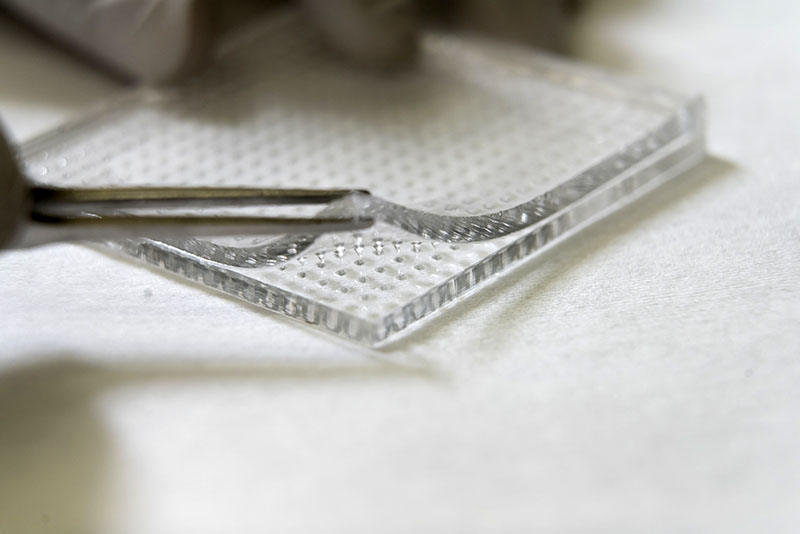
A Purdue University engineer’s patent-pending invention could improve the quality of life for millions of people suffering from diabetic foot ulcers.
Rahim Rahimi, an assistant professor in the School of Materials Engineering, has developed a flexible polymer composite microneedle array that can overcome the physicochemical bacterial biofilm present in chronic, nonhealing wounds and deliver both oxygen and bactericidal agents simultaneously...
Read More









Recent Comments